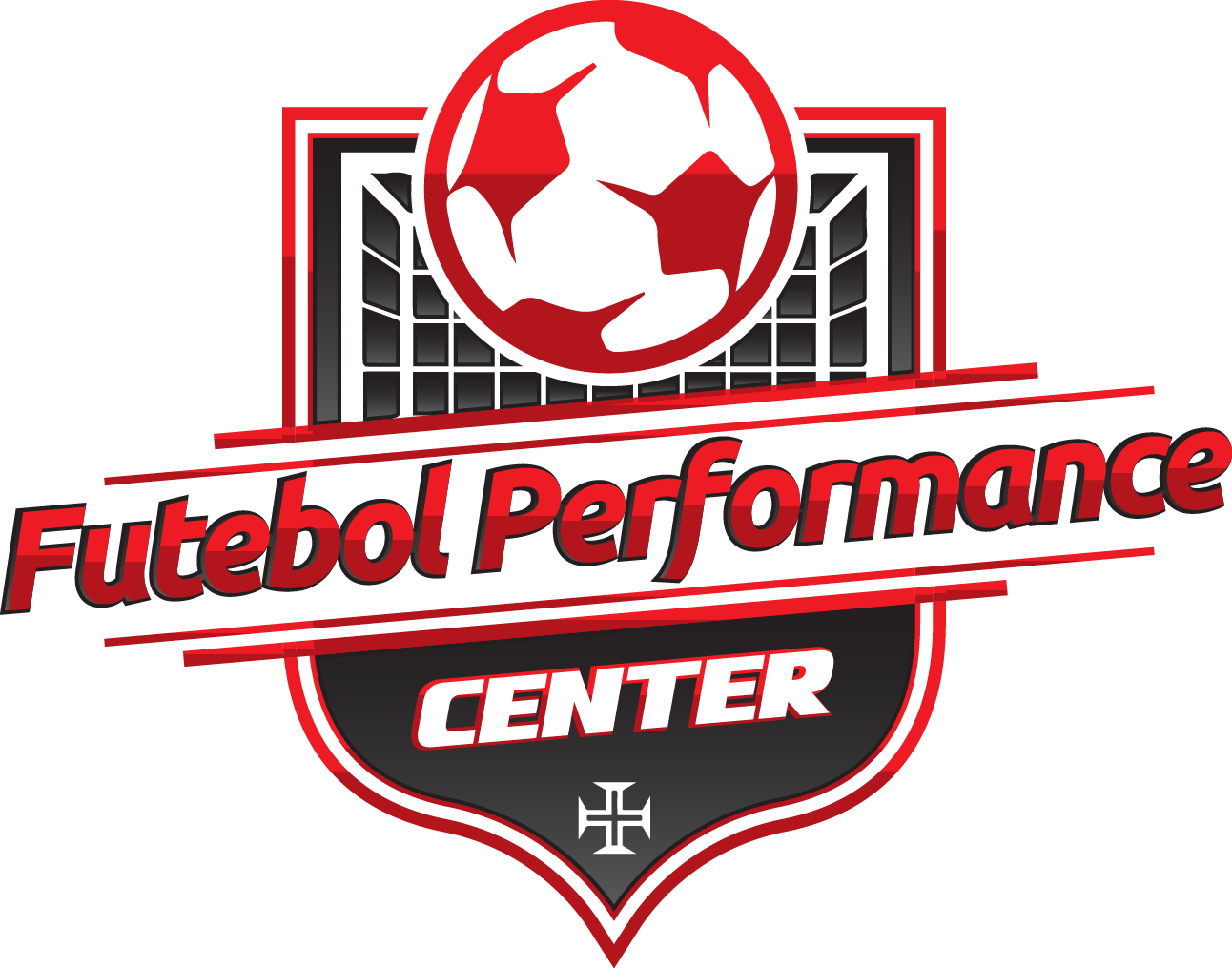Ankle injuries are one of the most common issues affecting futebol (soccer) players, from amateurs…

The Importance of Stretching Before and After a Soccer Game or Practice
Soccer is a physically demanding sport that requires agility, endurance, and strength. Whether you’re a professional athlete or a weekend warrior, proper preparation is crucial to optimize performance and prevent injuries. One of the most effective ways to prepare your body for the rigors of soccer is through stretching. In this blog post, we’ll explore the importance of stretching before and after a soccer game or practice and how it can enhance your performance and overall well-being.
Why Stretch Before a Soccer Game or Practice?
1. Injury Prevention
Stretching before a game or practice is essential for injury prevention. Soccer involves sudden bursts of speed, quick changes in direction, and intense physical contact. Stretching helps to increase the flexibility and elasticity of your muscles, reducing the risk of strains, sprains, and other common soccer injuries. By warming up your muscles, you prepare them for the demands of the game, allowing you to move more efficiently and safely.
2. Improved Performance
A proper pre-game stretching routine can significantly enhance your performance on the field. Dynamic stretching, which involves active movements that mimic the motions of soccer, helps to increase blood flow to your muscles, improve your range of motion, and activate your nervous system. This prepares your body for the explosive movements required in soccer, such as sprinting, jumping, and kicking. As a result, you’ll be able to perform at your best from the moment the whistle blows.
3. Mental Preparation
Stretching isn’t just beneficial for your body; it’s also crucial for your mind. Taking the time to stretch before a game or practice allows you to focus and mentally prepare for the challenges ahead. It provides a moment of calm before the intensity of the game, helping you to concentrate and visualize your performance. This mental preparation can boost your confidence and ensure that you start the game with a positive mindset.
Why Stretch After a Soccer Game or Practice?
1. Muscle Recovery
After a strenuous game or practice, your muscles need time to recover. Stretching helps to reduce muscle soreness and stiffness by increasing blood flow and promoting the removal of metabolic waste products, such as lactic acid. Static stretching, which involves holding stretches for a prolonged period, can help to relax your muscles and accelerate the recovery process, allowing you to bounce back more quickly for your next game or practice.
2. Flexibility Maintenance
Regular post-game stretching helps to maintain and even improve your overall flexibility. Over time, the repetitive motions of soccer can lead to muscle tightness and imbalances. By incorporating stretching into your cool-down routine, you can address these issues and maintain a healthy range of motion in your joints. This not only helps to prevent injuries but also ensures that you can continue to perform at a high level.
3. Stress Relief
Soccer is a physically and mentally demanding sport that can leave you feeling stressed and fatigued. Stretching after a game or practice provides an opportunity to unwind and relax. It helps to release tension in your muscles and promote a sense of well-being. By incorporating deep breathing and mindfulness into your stretching routine, you can enhance the stress-relieving benefits and promote overall mental health.
Effective Stretching Routines for Soccer Players
To maximize the benefits of stretching, it’s important to incorporate both dynamic and static stretches into your routine. Here are some examples of effective stretches for soccer players:
Pre-Game Dynamic Stretches
- Leg Swings: Stand on one leg and swing the other leg forward and backward. Repeat on both sides.
- Walking Lunges: Step forward into a lunge position, keeping your back leg straight. Alternate legs as you walk forward.
- High Knees: Run in place while lifting your knees as high as possible.
- Butt Kicks: Run in place while kicking your heels toward your glutes.
Post-Game Static Stretches
- Hamstring Stretch: Sit on the ground with one leg extended and the other bent. Reach forward to touch your toes. Hold for 20-30 seconds and switch sides.
- Quadriceps Stretch: Stand on one leg, grab the ankle of the opposite leg, and pull it toward your glutes. Hold for 20-30 seconds and switch sides.
- Calf Stretch: Stand facing a wall with one foot forward and the other foot back. Press your back heel into the ground. Hold for 20-30 seconds and switch sides.
- Hip Flexor Stretch: Kneel on one knee and push your hips forward. Hold for 20-30 seconds and switch sides.
Conclusion
Stretching before and after a soccer game or practice is essential for injury prevention, performance enhancement, muscle recovery, flexibility maintenance, and stress relief. By incorporating dynamic stretches into your warm-up routine and static stretches into your cool-down routine, you can ensure that your body is prepared for the demands of soccer and that you recover effectively afterward. Remember, taking the time to stretch is an investment in your long-term health and performance on the field. So, make stretching a regular part of your soccer routine and enjoy the benefits it brings.



